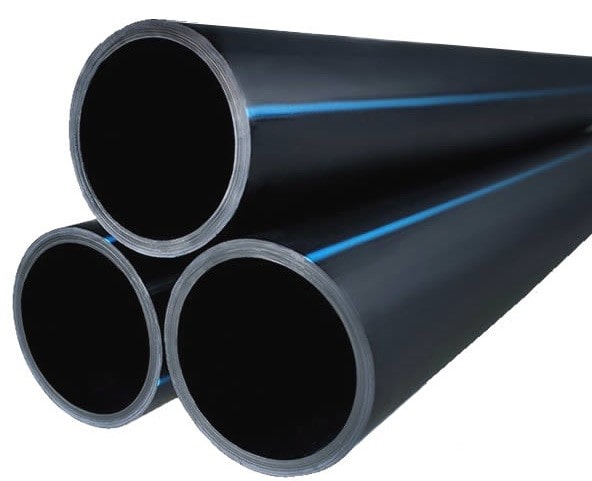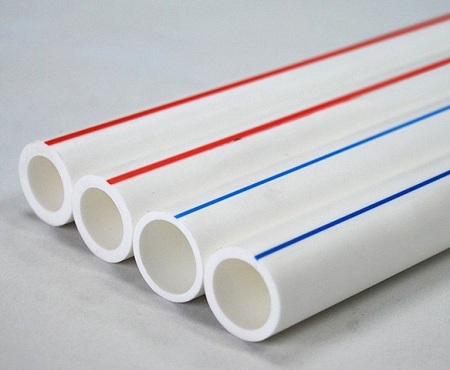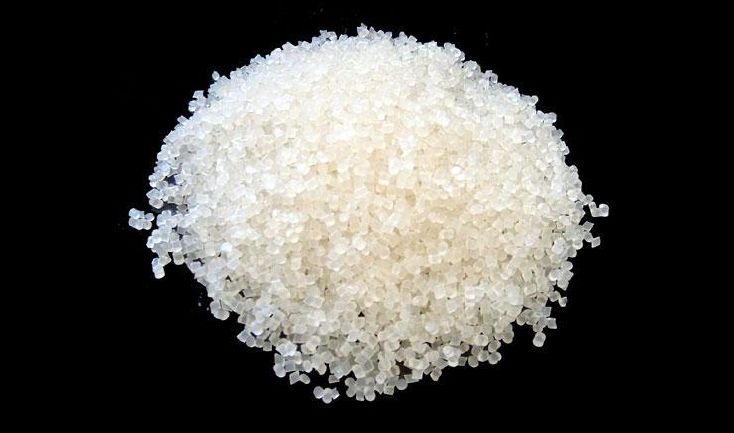HDPE (High-Density Polyethylene)
HDPE (Heavy-Duty Polyethylene) offers strength and flexibility in advanced industries, making it an ideal choice for durable products ranging from pipelines to packaging.




Introduction:
In an era where durability and flexibility are among the most important characteristics of raw materials, High-Density Polyethylene (HDPE) has gained recognition as one of the most resilient plastics in the world. With its unique properties, HDPE finds diverse applications in various industries, from construction to packaging.
History and Production:
HDPE was first discovered in the 1930s by British chemists, Ziegler and Natta. Since then, it has become one of the most popular plastics. HDPE is produced through the polymerization of ethylene under high pressure conditions, usually utilizing Ziegler-Natta catalysts, resulting in a tough and resilient plastic.
Properties and Advantages:
HDPE offers numerous advantages due to its high resistance to chemicals, temperature, and impact. It is highly recyclable and resistant to moisture and insects. Additionally, HDPE is lightweight, making transportation easier and more cost-effective.
Applications:
HDPE is used in the production of various products, including but not limited to:
Challenges and Advances:
One of the major challenges for HDPE is its environmental management and recycling. However, with recent advancements in recycling technology and improvements in sustainable production processes, it is possible to increase the use of HDPE with minimal negative impact on the environment.
Conclusion:
High-Density Polyethylene (HDPE) plays a significant role in the petrochemical industry, supporting technological advancements and sustainable development. With its unparalleled strength, economic advantages, and recyclability, HDPE can effectively meet the evolving needs of humankind and serve as an ideal material for the 21st century.
Please note that this article is just a short and concise sample, and for a comprehensive and detailed article, further extensive research is required.


Introduction:
Polypropylene, or PP, plays a key role in various industries as one of the most widely used polymers. From the production of household containers to its application in the automotive industry, PP has transformed into an important material due to its prominent characteristics such as high tensile strength and resistance to chemicals and heat.
Production and Physical Characteristics:
PP is derived from the polymerization of the monomer propylene. This process is carried out using specific catalysts under controlled pressure and temperature, resulting in a final product with significant physical properties such as rigidity, strength, and durability. PP is produced as either homopolymer or copolymer, each having its own unique features and applications.
Chemical and Thermal Resistance:
One of the standout advantages of PP is its resistance to chemicals, making it an ideal choice for the production of chemical tanks and pipes. Additionally, PP can maintain its shape within a wide range of temperatures, making it suitable for products that require high temperature resistance.
Applications:
The field of PP applications is extensive. It is used in the production of various kitchenware and food packaging, as well as in the automotive industry for manufacturing interior components of vehicles. Polypropylene is also utilized in the textile industry for the production of fibers due to its high strength and resistance to wear.
Sustainability and Recycling:
Due to its chemical structure, PP is one of the plastics that can be easily recycled. This recyclability feature ensures that PP can be part of sustainable processes, minimizing its environmental impact. Continuous efforts are being made in various industries to improve the recycling technologies for this material.
Conclusion:
Considering the valuable characteristics that PP offers, it is expected to continue growing and expanding its applications in the future. Furthermore, with the increasing focus on sustainability and the environment, efforts to improve the production and recycling processes of this plastic gain greater importance. PP has the potential to become a key material resource in a sustainable world, and its role in the development of modern industries is expected to continue to rise.


Introduction:
Butanol is one of the four-carbon alcohols that exist in two isomeric forms, namely normal butanol and isobutanol. BL3 butanol, commonly known as normal butanol or n-butanol, is widely used in the chemical industry and production processes due to its strong solvent properties.
Production and Characteristics:
BL3 is usually produced through the hydrogenation process of butyraldehyde, which itself is obtained from the oxidative cracking of naphtha. This process is based on modern catalytic technology. Butanol has a high boiling point and good solubility in many organic compounds and water.
Applications:
BL3 butanol is extensively used in the production of resins, plastisols, durable and robust industrial coatings, lacquers, and solvents. It is also important as an additive for vapor pressure control in fuels and in the production of various esters, including phthalates and other esters used in the production of plastics.
Environmental and Safety Concerns:
Normal butanol can have health effects on humans, including eye and skin irritation, and impact the central nervous system. Therefore, processing and utilization of BL3 butanol should be accompanied by proper safety precautions. Additionally, the presence of butanol in the environment can be pollutant, so producers need to control waste disposal and air emissions.
Conclusion:
BL3 (Butanol Grade) has a wide range of applications in various industries and plays a key role in numerous chemical processes. Considering the challenges surrounding safety and environmental concerns, informed decisions in production and waste management are essential for preserving human health and the environment.


Abstract:
F7000, as a linear low-density polyethylene (LLDPE) grade, is used for high-quality plastic film production. This article examines the physical and mechanical properties, industrial applications, and environmental impacts of F7000 LLDPE grade.
Introduction and History:
LLDPE is a category of polyethylene polymer that has lower density and greater flexibility compared to its traditional counterpart, high-density polyethylene (HDPE). The F7000 grade is chemically similar to other LLDPEs but produced with different ratios of comonomers to enhance its mechanical properties.
Production Process:
F7000 grade is produced through the polymerization of ethylene and comonomers such as butene, hexene, or octene using the gas-phase polymerization method. This process yields a polymer with higher molecular weight and broader molecular weight distribution, resulting in desirable physical properties.
Physical and Mechanical Properties:
F7000 grade is typically soft, flexible, and exhibits excellent mechanical properties such as high tensile strength, high elastic modulus, and exceptional resistance to tearing and impact.
Industrial Applications:
This LLDPE grade is widely used in packaging industries, including the production of stretch films, agricultural films, and multilayer packaging films. It is also utilized in the manufacturing of moldable products such as containers, tanks, and electronic components.
Environmental Impacts:
Although F7000 grade is recyclable, effective recycling strategies and waste management are crucial in minimizing its environmental impact. Ongoing research aims to develop environmentally compatible methods for the production and disposal of LLDPE.
Conclusion:
F7000 LLDPE grade holds a significant position in polymer and packaging industries, offering superior mechanical properties and suitable flexibility. However, attention to environmental management throughout the production and consumption chain of this material is vital to ensure its sustainable effects on communities and the environment.
These sections and headings form the structure of a scientific article, providing a basis for further in-depth exploration of F7000 LLDPE grade.

